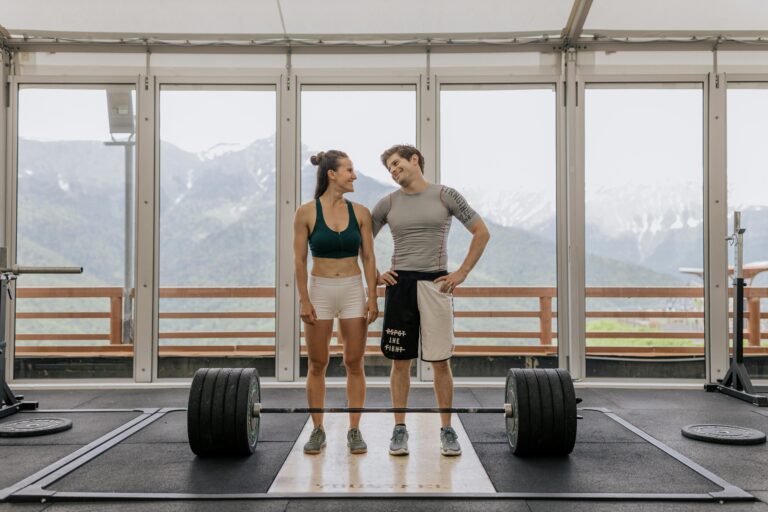Almost every result women are searching for is a side effect of increasing lean muscle.
Forget about the myths of getting too bulky or looking manly; neither of those are legitimate concerns without performance-enhancing drugs or some serious genetic predisposition.
When you combine a supervised strength training program and eating by design, here are some of the results:
BURN BODY FAT FASTER
If you’ve bought into the myth that cardio is the fastest way to lose fat, you’re missing out on the number one time-tested strategy.
Lifting heavy weight is the cornerstone to fat loss, not endless hours on the treadmill.
SPARK YOUR METABOLISM
Have you wondered how to keep those calories burning even while you are asleep?
By helping to build lean muscle, strength training turns your body into an engine that constantly burns fuel day and night. That’s a side effect no amount of cardio can match.
LOOK MORE SLIM
You can’t shape muscles, but you can build more lean muscle. With less body fat on top of them, that translates into smaller clothing sizes without cutting the calories.
BOOST SELF-ESTEEM
Strength doesn’t just come in physical form. Moving heavy things delivers a power-packed shot to your mental state as well. That makes you feel great on all accounts.
BUILD HEALTHY BONES
One major fear women have is developing osteoporosis, and the #1 strategy for bone building is NOT more calcium. Learn the basics to weight weight-bearing exercise and start building healthier bones.
How many of these benefits appeal to you?







